SOURCE: RAUNAK KUNDE / NEWS BEAT / IDRW.ORG
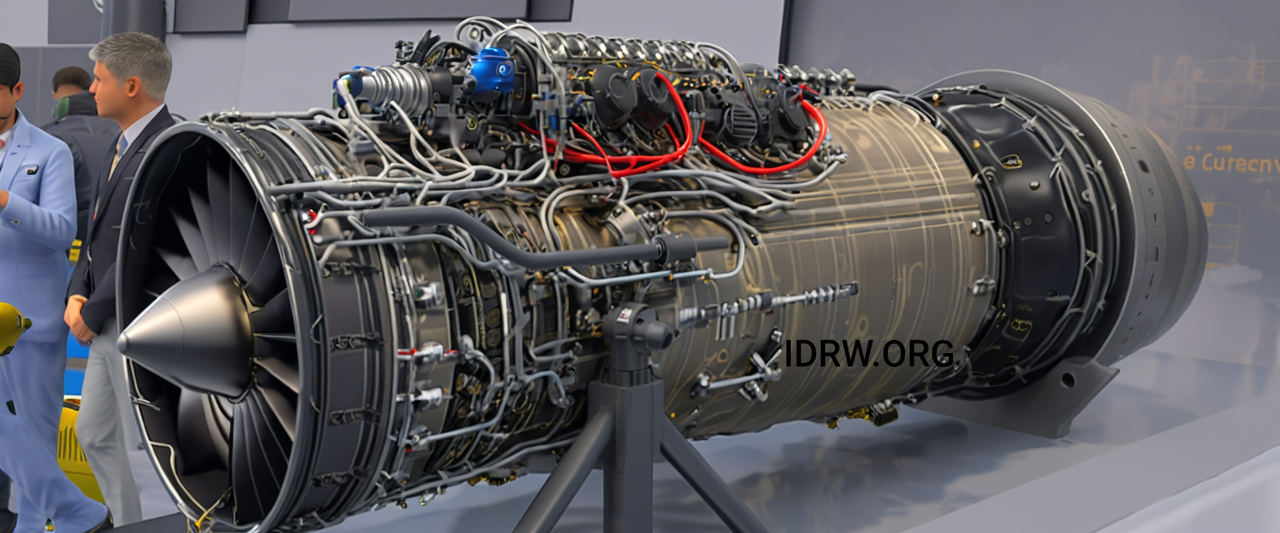
Rosoboronexport, Russia’s state-owned arms exporter, has expressed concerns regarding India’s decision to exclude the AL-41F-1S engine from its Su-30MKI “Super-30” upgrade program planned for 80 odd aircraft. Speaking to idrw.org, Rosoboronexport officals argue that the AL-41F-1S engine offers significant advantages over the existing powerplants in the Indian Su-30MKI fleet. The AL-41F-1S, also known as article 117S, is a modern modular two-shaft turbofan engine featuring thrust vector control and integrated digital control.
A key selling point for the AL-41F-1S is its compatibility with existing Su-30MKI airframes. Sharing the same geometry and attachment points as the AL-31FP version currently used in the Su-30MKI, the AL-41F-1S could be integrated with minimal modifications to engine nacelles and equipment. This compatibility would streamline the upgrade process and potentially lower costs.
Continue readingSOURCE: RAUNAK KUNDE / NEWS BEAT / IDRW.ORG
.jpg)
The Aeronautical Development Agency (ADA), responsible for designing and developing India’s cutting-edge combat aircraft programs, has issued an Expression of Interest (EOI) inviting Indian private firms to participate in the manufacturing of structural assemblies for various aircraft. The initiative is a significant step towards accelerating the production of indigenous combat aircraft, including the LCA AF Mk2, Advanced Medium Combat Aircraft (AMCA), and Twin Engine Deck-Based Fighter (TEDBF), to meet the growing operational requirements of the Indian Air Force (IAF) and Indian Navy.
As India seeks to enhance its defense capabilities and bolster indigenous production, the participation of private industry in coordination with public sector firms has become crucial. The ADA’s move to involve Indian private companies in the development and manufacturing of structural assemblies is aimed at speeding up production and ensuring a more efficient and scalable manufacturing process.
Continue readingSOURCE: RAUNAK KUNDE / NEWS BEAT / IDRW.ORG
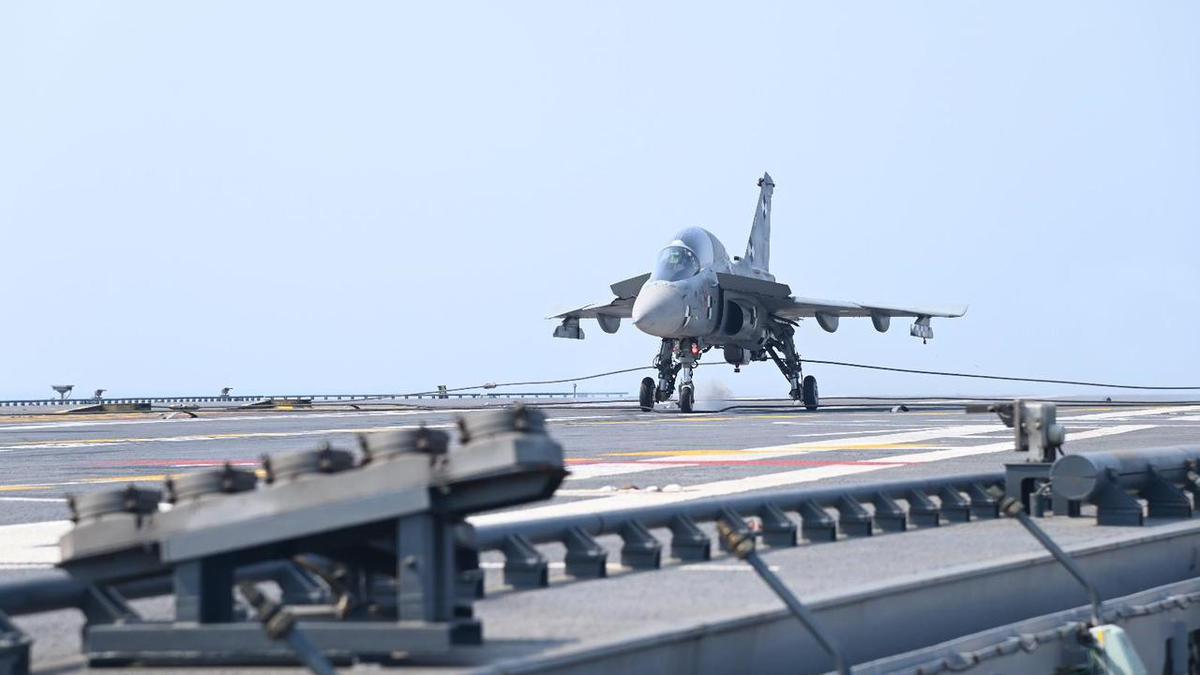
In a recent address at the LM Khatre Memorial Talks, Samir V. Kamat, Secretary of the Department of Defence Research and Development (DDR&D) and Chairman of the Defence Research and Development Organisation (DRDO), emphasized the organization’s commitment to bolstering the Indian Navy’s capabilities through the proposed acquisition of 8-10 Naval LCA MkI aircraft. These deck-based aircraft are designed for operation from aircraft carriers, marking a significant enhancement in the Navy’s aerial capabilities.
The Naval-LCA MkI is a variant of the Light Combat Aircraft (LCA) designed for naval operations. DRDO has developed three prototypes, NP-1, NP-2, and NP-5, which have been instrumental in gathering valuable data for the Twin-Engined Deck-Based Fighter (TEDBF) program.
Continue readingSOURCE: AFI

@himanshu604
At the IDAX 2024 defense exhibition, the Defence Research and Development Organisation (DRDO) showcased the Uttam Active Electronically Scanned Array (AESA) radar, a key development in India’s indigenous military capabilities. Designed with cutting-edge technology, the Uttam AESA radar is set to revolutionize the operational capabilities of fighter aircraft in the Indian Air Force and other prospective platforms. Here’s an in-depth look at its features and specifications, highlighting why it stands out as a multi-mode, adaptable, and powerful radar system.
The Uttam radar is a multi-mode, solid-state active phased array fire control radar with a scalable architecture, meaning it can be adapted for different types of fighter aircraft. This adaptability allows for its integration into various platforms, such as the LCA Tejas, Su-30MKI, and future AMCA aircraft.
Continue readingSOURCE: AFI
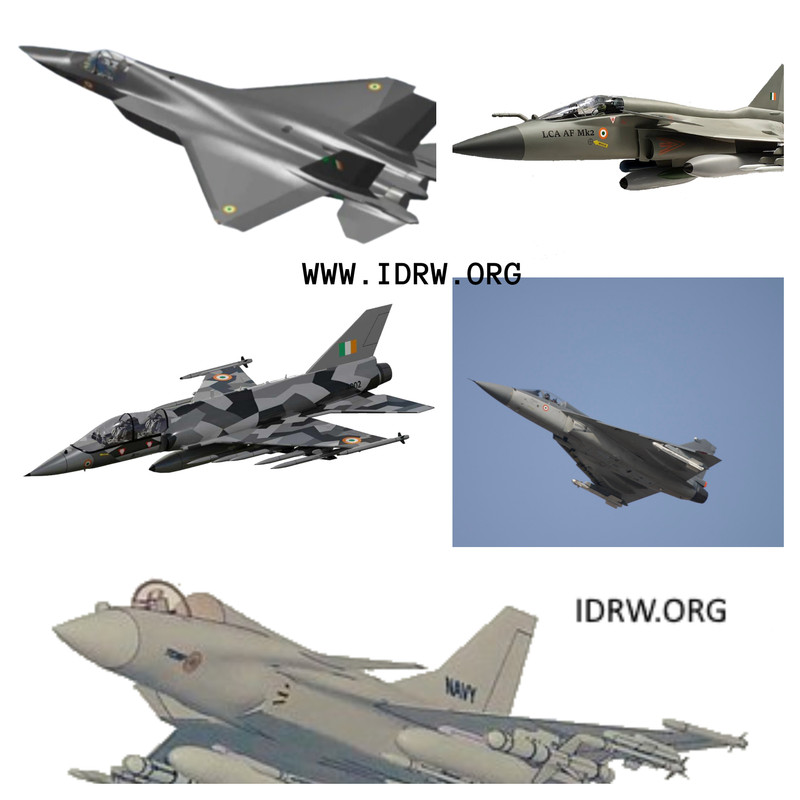
India has embarked on a significant effort to modernize its air force through a series of ambitious fighter jet programs. These initiatives, funded by the Ministry of Defence (MoD), include the Tejas Mk1A, Tejas MkII, AMCA, HLFT-42, and TEDBF. While these programs represent a substantial investment in indigenous defense capabilities, a critical challenge remains: the absence of a robust local engine program.
The Tejas Mk1A and MkII, developed by Hindustan Aeronautics Limited (HAL), are upgrades of the existing Tejas light combat aircraft. The AMCA, a stealthy fifth-generation fighter jet, is being developed by the Aeronautical Development Agency (ADA). The HLFT-42 is a supersonic trainer jet, and the TEDBF is a twin-engine deck-based fighter aircraft designed for the Indian Navy.
Continue readingSOURCE: AFI
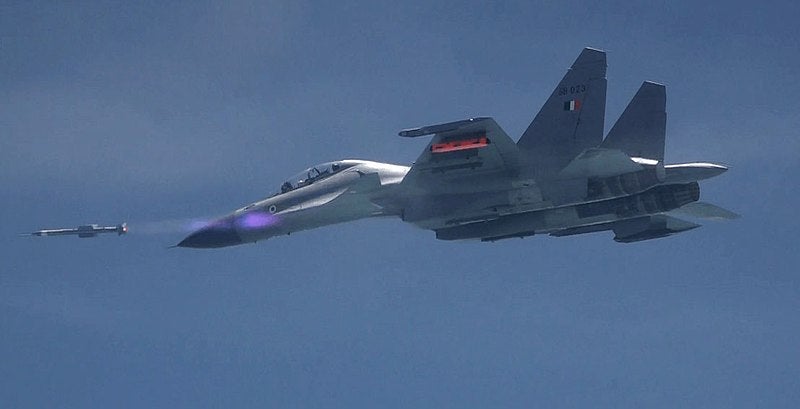
India’s Astra MkI Beyond-Visual-Range Air-to-Air Missile (BVRRAM) has garnered global interest, and there is a growing desire among several countries to integrate it onto their Su-30 platforms. However, this integration presents a complex challenge due to the diverse variants of the Su-30 and the proprietary technologies involved.
The Su-30 aircraft, produced by Sukhoi in Russia, comes in various configurations, each with its own specific radar and mission computer systems. These differences, often based on the older MK or newer SM variants, can significantly impact the integration process. While India’s Su-30MKI variant was relatively straightforward due to its indigenous mission computers and access to the radar’s source code, the situation is more complicated for other operators.
Continue readingSOURCE: AFI

A significant milestone in India’s deep-sea exploration was achieved today as the Ministry of Earth Sciences (MoES) Secretary, Dr M Ravichandran, along with Mission Director Dr M V Ramanamurthy, witnessed the integration of the indigenously-developed deep-ocean human scientific submersible Matsya6000 at the National Institute of Ocean Technology (NIOT).
The Matsya6000, a pioneering project undertaken by NIOT, is designed to dive to depths of up to 6,000 meters. This submersible will play a crucial role in scientific research, resource exploration, and disaster management in the deep ocean.
Continue readingSOURCE: ANI

With the appointment of Air Marshal AP Singh as the next Chief of Air Staff, two coursemates and two classmates will now be heading the three services – the Army, Navy, and Air Force. With these appointments, all three forces – the Army, Navy, and Air Force – would have seen change in leadership in the last five months.
While Indian Army Chief Gen Upendra Dwivedi and Air Marshal AP Singh are coursemates from the 65th course or the National Defence Academy and passed out from there in 1983, Gen Dwivedi and Indian Navy chief Admiral Dinesh K Tripathi are classmates from the Sainik School, Rewa in Madhya Pradesh.
Continue readingSOURCE: PIB

The Indian Air Force (IAF) has successfully completed Exercise Eastern Bridge VII with the Royal Air Force of Oman (RAFO) at the RAFO airbase in Masirah. The IAF contingent has returned to India after participating in a comprehensive series of training missions, which featured the participation of MiG-29 and Jaguar aircraft from IAF, F-16 and Hawk from RAFO. This exercise significantly enhanced strategic relations with OMAN besides operational coordination and tactical skills between the two air forces.
Exercise Eastern Bridge VII was aimed to strengthen military cooperation and enhance the interoperability of both forces. The exercise included complex air operations, air-to-air combat drills, and mission scenarios designed to improve strategic and tactical capabilities. The IAF contingent gained valuable insights into RAFO tactics and operational philosophies, enriching combat strategies.
Continue readingSOURCE: ANI

US National Security Advisor Jake Sullivan on Saturday highlighted the key issues to be discussed during President Joe Biden’s meeting with Prime Minister Narendra Modi. Sullivan indicated that one of the focus areas would be the ongoing Ukraine conflict and India’s stance on Russia and China. Sullivan emphasized the US view that Russia’s aggression against Ukraine violates international law and norms.
He stressed that countries like India should support sovereignty and territorial integrity, and refrain from supplying inputs to Russia’s war efforts “I won’t go too deep into the details of what he will say on those issues which are obviously sensitive and will obviously be critical priorities in the bilateral meeting.
Continue readingSOURCE: ANI

Indian Army troops in Ladakh have demonstrated their ability to carry out night operations in high-altitude areas using Indigenous Advanced Light Helicopters (ALH) Dhruv. These helicopters, manufactured by Hindustan Aeronautics Limited (HAL), are crucial for the Army’s operations in the challenging terrain and extreme weather conditions of Ladakh.
Speaking to ANI, Army personnel Havinder Singh, responsible for maintaining the fleet, explained the process of ensuring the helicopters are ready for missions.”My job is to ensure that all the technicians and supervisors under me keep getting continuous training on this helicopter.
Continue readingSOURCE: IANS

The United States, India, Japan and Australia will issue a joint summit statement that includes “some of the strongest language” on North Korea and the South China Sea on Saturday, a senior US administration official said, in an apparent show of their leaders’ unity against security challenges from Pyongyang and Beijing.
The official made the remarks in an online press briefing on Friday, a day before President Joe Biden, Prime Minister Narendra Modi, Japanese Prime Minister Fumio Kishida and Australian Prime Minister Anthony Albanese are set to attend their Quad summit in Wilmington, Delaware, on Saturday.
Continue readingSOURCE: PTI
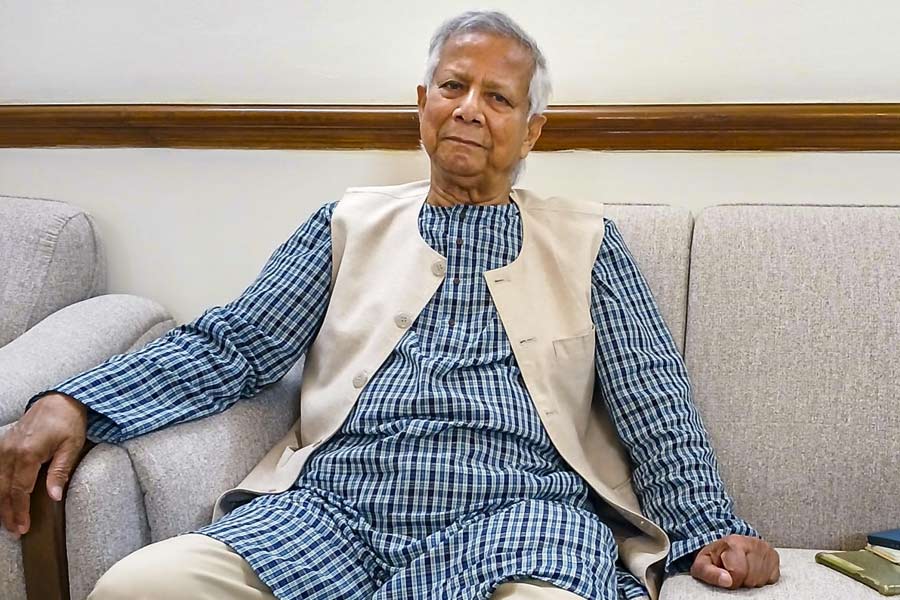
Bangladesh’s Foreign Adviser Touhid Hossain on Saturday said that Chief Adviser Muhammad Yunus will not be meeting with Indian Prime Minister Narendra Modi on the sidelines of the UN General Assembly in New York, according to media reports.
Hossain, former foreign secretary of Bangladesh, said he would hold a bilateral meeting with India’s External Affairs Minister S Jaishankar to advance the relationship between the two neighbours, The Daily Star newspaper reported.
Continue readingSOURCE: IANS

The Ministry of Railways officials on Saturday that the Bangladesh interim government seems to be reluctant to resume the rail services between the two countries after it was disturbed by the August protests in the neighbouring country.
“While air connectivity was largely unaffected and bus services between the two nations resumed after a brief hiatus, the interim government in Bangladesh is somehow reluctant towards resumption of the rail link,” the railway officials said.
Continue readingSOURCE: UNI
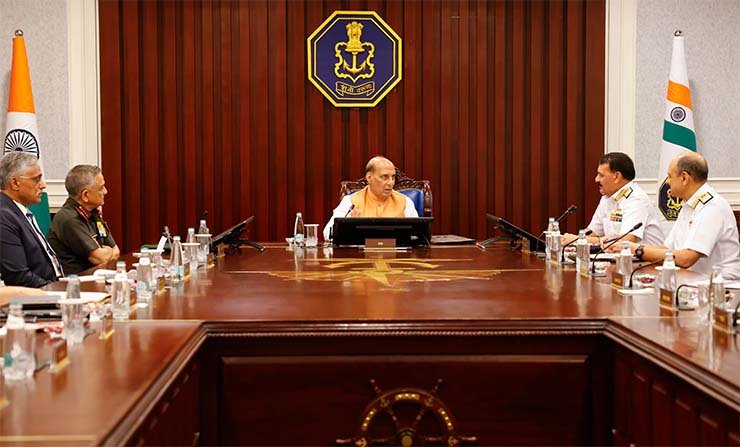
The second edition of the bi-annual Naval Commanders’ Conference 2024, that focused on contemporary security paradigms and critical analysis to further enhance the combat capability of the Navy and synergise operations with other services, concluded here on Friday.
The four-day conference also meant to delve into the dynamics of the geostrategic situation of the region in the backdrop of international developments and through intense discussions by the senior hierarchy of the Navy, formulate a future roadmap to consolidate as a First Responder and Preferred Security Partner in the Indian Ocean Region and its steadfast commitment and contributions to the national vision of Aatmanirbharta, an official statement said.
Continue reading